Why use iFLUX Samplers?
Removing all contamination in the underground is often unrealistic and economically unfeasible. By measuring groundwater and contaminant transport over time, our iFLUX Samplers enable faster and more cost-efficient remediation projects.
Simulations based on groundwater level measurements aim to predict flow, but without directly measuring water or pollutant flux. This approach may lack precision and reliability.
Flux measurements, on the other hand, deliver more accuracy.
iFLUX Samplers give more certainty about which contaminants are present in the groundwater, how they behave, and at what velocity they move.
.png?width=500&height=400&name=Sampler%20Combo%20beeld%20%20(2).png)
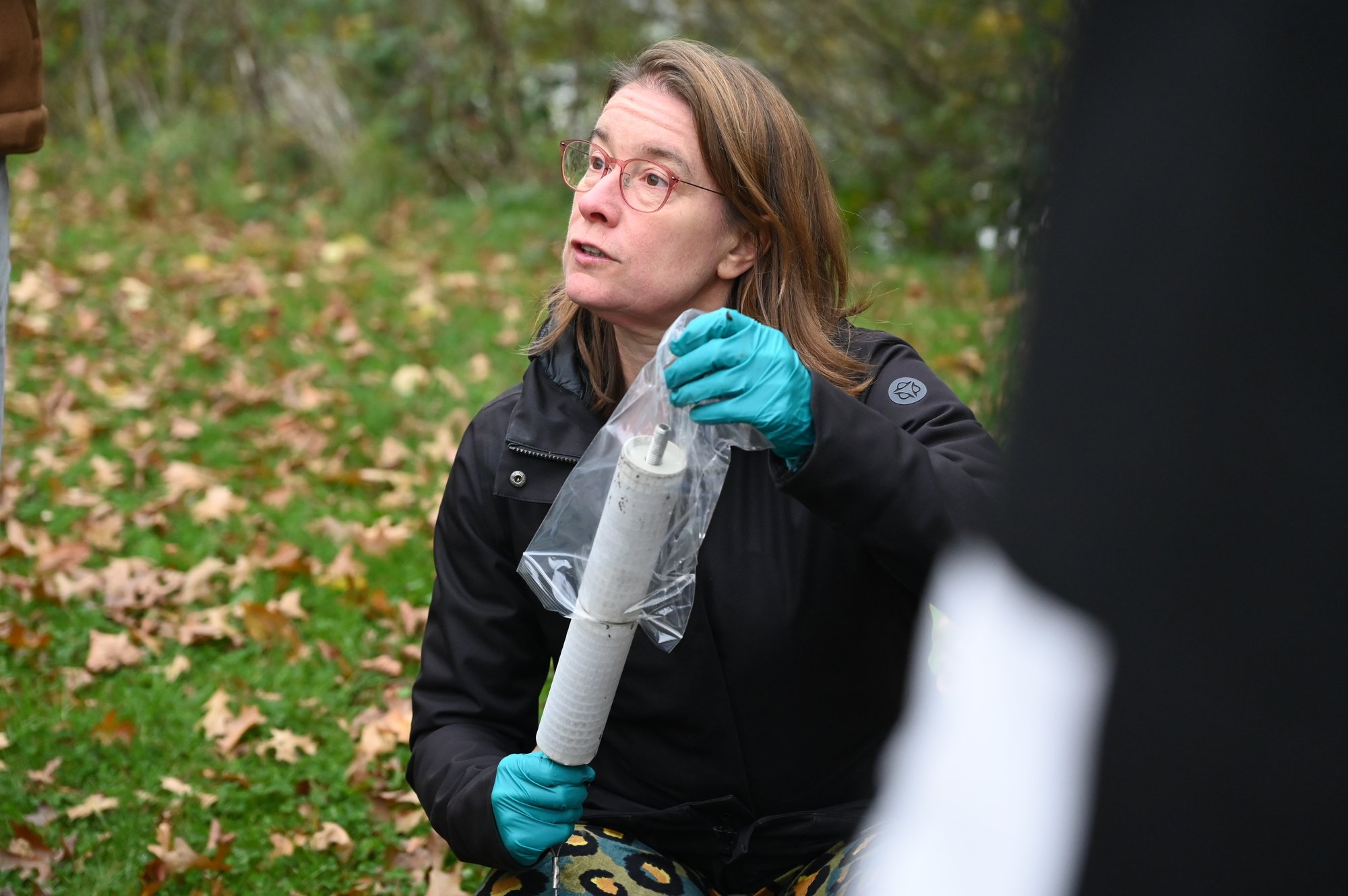
When to use?
-
In case of complex plumes
At locations where the risks of complex contamination plumes need to be assessed.
-
In dynamic situations
In situations with unpredictable factors causing complex groundwater dynamics (pumping activities, infiltration activities, ...).
-
When targeted injection is necessary
In ‘in situ’ remediation projects where dosing and targeted placement of injection products are key success factors. Insights into the high flux zones allow for better dimensioning of where and how to inject or extract.
-
To identify preferential flow paths
In projects where it is important to identify preferential flow paths in heterogeneous soil layers. For this, measurements are conducted simultaneously at various depths and locations.
Our valued customers:



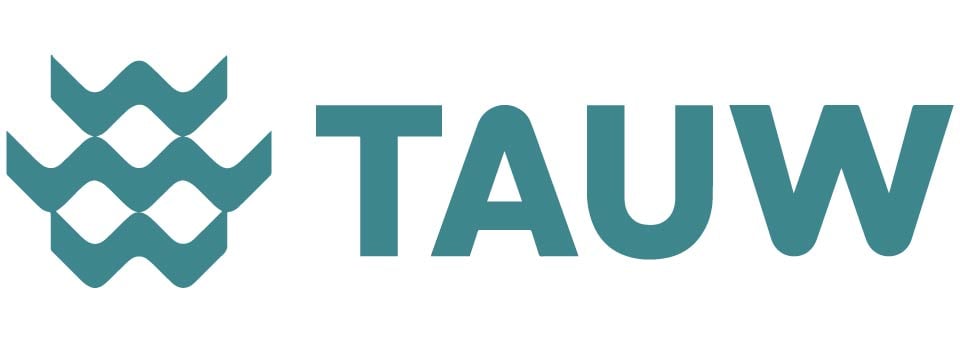
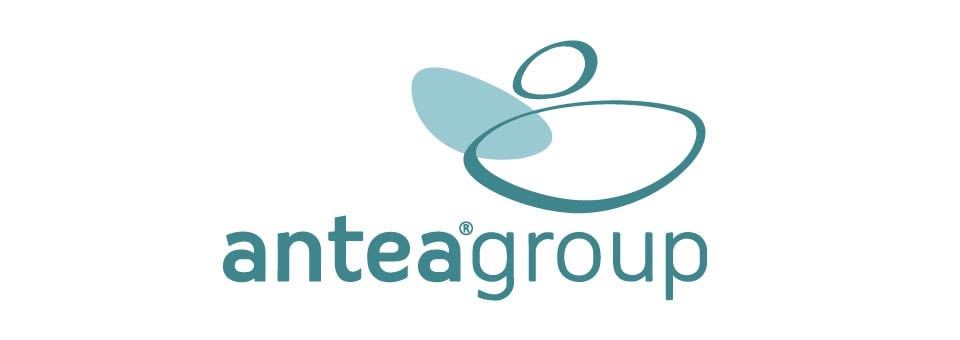
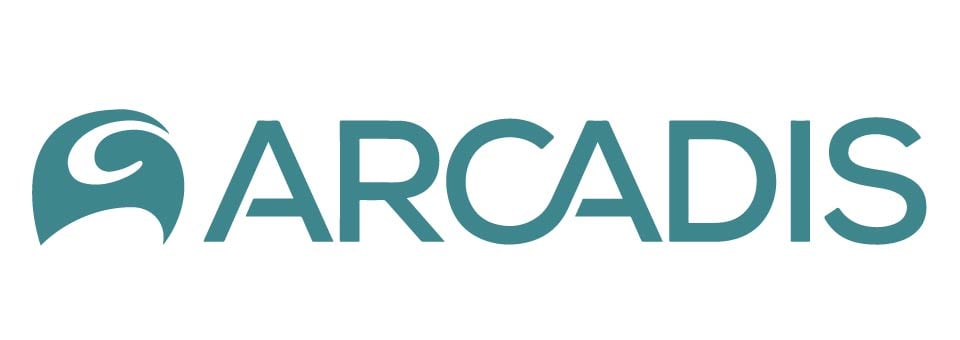





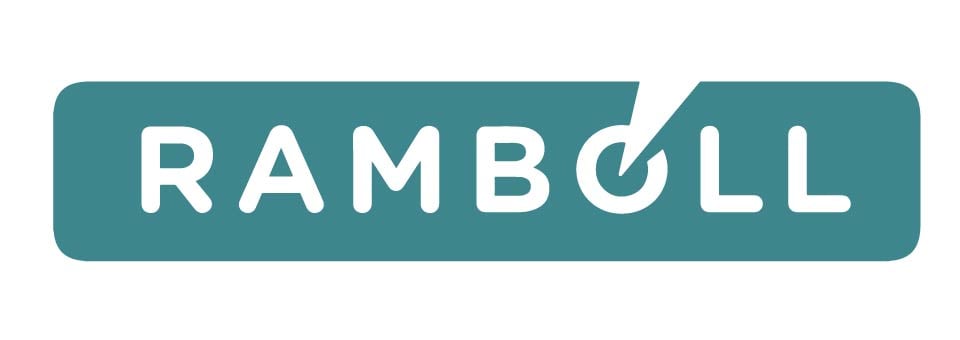




Features and benefits
The patented iFLUX Samplers are groundbreaking for their ability to measure mass flux and water flux simultaneously, easily, and accurately.
Customizable & Modular
Our system can be tailored to fit any well size and allows measurements of varying compounds at several depths, simultaneously.
Easy-to-install
Thanks to its patented design, the installation on site takes around 10 minutes per location, including the measurement of groundwater levels and the depth of the monitoring well.
Broadly applicable
The iFLUX Samplers are validated for +150
different contaminant types, and the list is still growing. Additional validation can be performed upon request.
iFLUX Blog
"We don't make estimates, we measure what is really happening in the underground."
What makes iFLUX Samplers so unique?
Current monitoring relies on water levels and snap shot concentrations while flow and pollution fluxes are the missing link, responsible for the highest uncertainties in modelling predictions and future scenarios. That is why iFLUX developed their own patented technologies for measuring groundwater fluxes.
With iFLUX samplers we simultaneously monitor the water flow velocity (‘waterflux’) and the contaminant spreading (‘Compound flux’) in groundwater.
The key innovation of iFLUX is situated in the self-developed, validated and patented cartridges. iFLUX delivers several types of cartridges:

iFLUX Samplers have been designed to tightly fit in the monitoring well. The permeable cartridge wall brings the contaminated groundwater in direct contact with the sorbents. By performing targeted flux measurements in different monitoring wells, you are able to get an accurate image of the mass discharge over a complete area.
Water flux cartridges
The water flux cartridge contains a set of water soluble resident tracers that independently leach into the groundwater according to the flow conditions.
Compound cartridges
The compound cartridge contains pre-processed sorbents that capture the pollutants of interest. The contaminant fluxes in the groundwater are being determined through adsorption and recovery processes.
Each type of cartridge contains a different type of sorbent. The following compound cartridges are commercially available at the moment:
- (Volatile) Organic Compounds (VOCs, BTEX, PAHs,...)
- Nutrients (nitrate, phosphate, ammonium,...)
- Heavy metals (nickel, zinc, copper,...)
- PFAS
- ...
iFLUX Case study
PFAS Remediation Design for Fire Training Site
Contact us for faster and more cost-efficient remediation
Get in touch to review how the iFLUX Sampler will support your project.